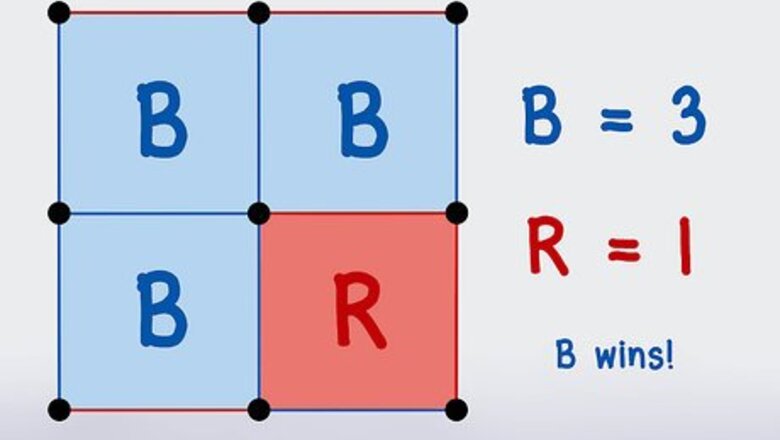
views
- Make a 4 x 4 grid of dots on a sheet of paper, and give each player a pen or pencil.
- Take turns drawing a single line to connect 2 dots that are next to each other. If you add the 4th line to enclose a box, earn a point and take another turn.
- Win the game if you capture the most boxes once you fill the entire grid.
Game Overview
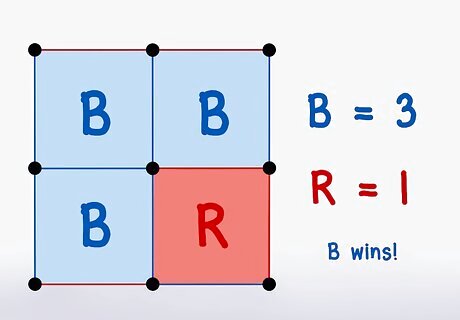
Dots and Boxes is a simple game for 2 players that takes minutes to play. You and your opponent take turns drawing horizontal or vertical lines to connect dots on a grid to form boxes.When someone draws the fourth line to finish a 1 x 1 box, they mark it, earn a point, and take another turn.Once all the dots are connected, whoever captured the most boxes at the end of the game wins.
Dots and Boxes Rules
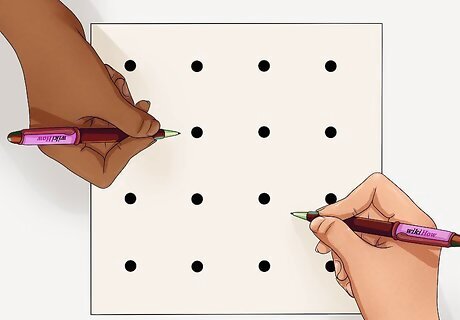
Draw a grid of dots that’s 4 x 4 or larger. Get a pen or pencil and a blank sheet of paper to start. Create rows and columns of dots so they’re evenly spaced about 1 centimetre (0.39 in) apart. A 4 x 4 grid is perfect for a short game, but you can make the grid as large as you want. Just stick to an even number of rows or columns if you want to avoid ending in a tie.Give each player a pen or pencil. Using different colors makes it easier to see what moves each player has made, but it’s okay to use the same color if that’s all you have.
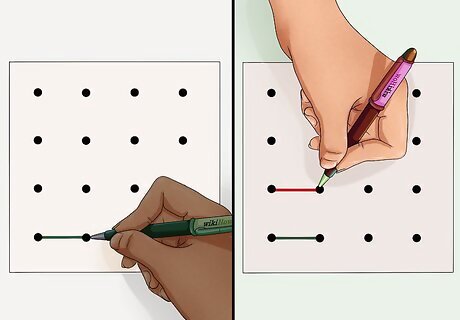
Connect 2 dots with a straight line on your turn. Flip a coin, play rock-paper-scissors, or choose any other method to randomly pick who goes first. After that, players alternate turns. When it’s your turn, pick 2 dots that are next to each other and draw a horizontal or vertical line to connect them. You’re not allowed to connect dots diagonally. Try to avoid drawing a line that becomes the third side of a box. Your opponent could quickly capture it on their next turn.
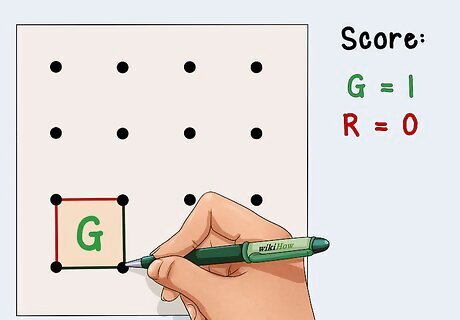
Draw the fourth side of a box to capture it and take another turn. Once a player draws the fourth line to enclose a 1 x 1 box, they’ll color it in or write their initial inside to score 1 point.After that, the player must draw another line on the grid, which may enclose another box if possible.A chain is a group of boxes where adding the fourth side to one creates the third side of the next box in line. That way, a player can use their extra turns to complete all the boxes in the chain.
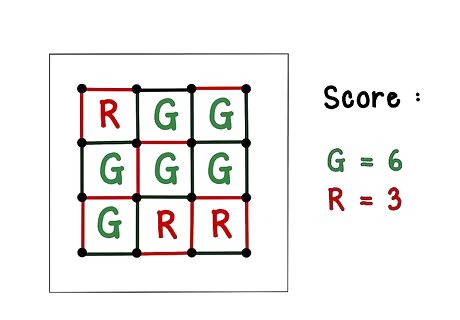
Count who has the most boxes after the grid is filled. Once all the boxes are captured in the grid, count how many boxes each player captured. Whoever has more boxes is the winner of the game! If you want to keep playing, draw a new grid and switch which player goes first.
Dots and Boxes Strategies
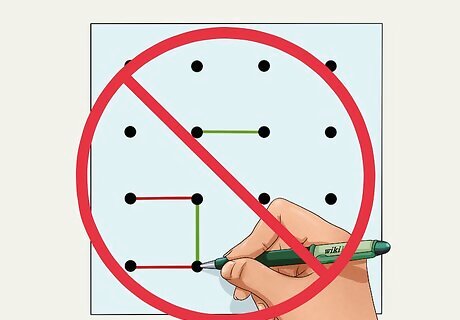
Wait to create the third side of a box unless you absolutely have to. Once a box has 3 sides, the other player can complete it on their next turn right away to score a point. Early in the game, stick to drawing lines on boxes that have 1 or fewer sides.
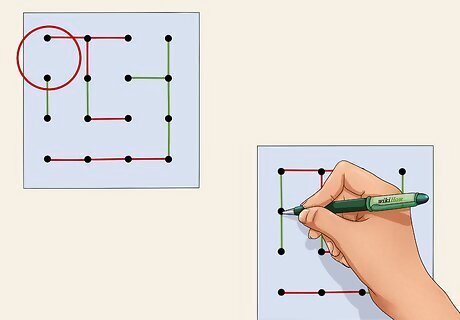
Look for the shortest chains to give your opponent. Count out how many are in each chain on the grid. If there is a chain with noticeably fewer boxes, add a line to it so your opponent can’t score big.
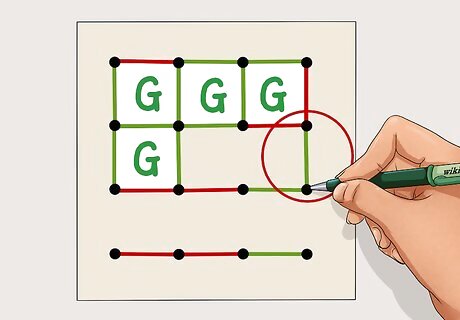
Let your opponent win the last 2 boxes in chains longer than 3 squares. Rather than taking the last 2 boxes for yourself, add the third line to a box on the other end of the chain. Your opponent will capture those boxes to earn points, but it forces them to give you the next available chain.This strategy is called a “double-cross” and it only works if there are no open moves left—otherwise, they could take the boxes and still avoid giving you a chain.If there are an even number of dots on the grid, then the first player wins if there are an even number of chains. The second player wins if there are an odd number of chains.




















Comments
0 comment